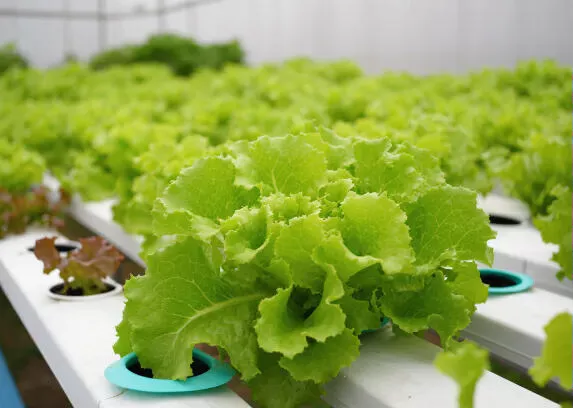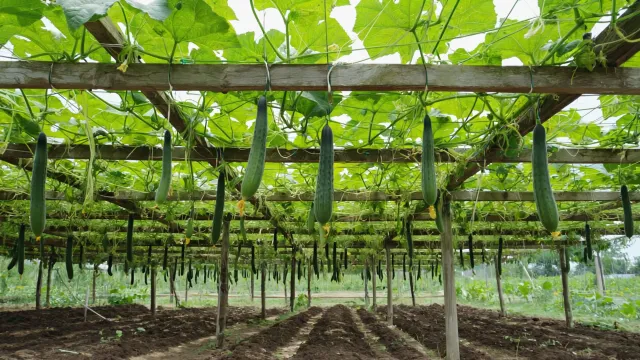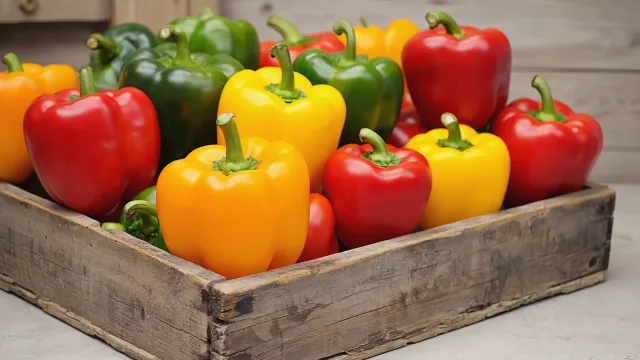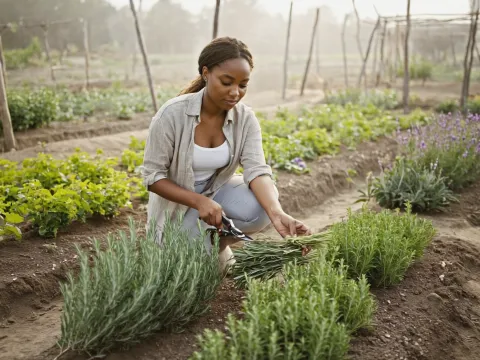Published on May 27, 2025
Last updated: May 27, 2025 · ⏱ 4 min read
Grow Lettuce Indoors — Crisp, Clean & Ready in Weeks

Understanding the Basics of Indoor Lettuce Cultivation
Growing lettuce indoors can be a rewarding endeavor, especially for those who appreciate the taste and freshness of homegrown greens. While it may seem challenging at first, understanding a few fundamental principles can make the process much easier. Lettuce is a cool-weather crop that thrives in conditions that mimic its natural environment. By providing the right light, temperature, and moisture, you can cultivate a steady supply of crisp, delicious lettuce right from the comfort of your home.
Choosing the Right Lettuce Varieties
When it comes to growing lettuce indoors, selecting the right varieties is crucial. There are several types of lettuce, including leaf, romaine, butterhead, and crisphead. Leaf lettuce is typically the easiest to grow indoors because it matures quickly and can be harvested multiple times. Popular varieties such as Buttercrunch and Red Leaf Lettuce are excellent choices for indoor gardening.
Romaine lettuce, known for its firm texture and slightly sweet taste, is another suitable option. It does take a bit longer to grow than leaf varieties, but the results are well worth the wait. Crisphead lettuces, like Iceberg, can be more challenging to grow indoors due to their size and density, but with the right conditions, they can be successfully cultivated.
Setting Up the Perfect Growing Environment
Creating an optimal environment is essential for growing lettuce indoors. Start by selecting a location that receives plenty of natural light. If sunlight is limited, consider using grow lights that provide the full spectrum of light required for healthy plant growth. LED grow lights are energy-efficient and can be adjusted in height as the plants grow, ensuring they receive adequate light exposure.
Temperature plays a significant role in the growth of lettuce. Ideal indoor temperatures range from 60°F to 70°F (15°C to 21°C). If your home tends to be warmer, consider using a small fan to circulate air around your plants, which can help keep temperatures down. Additionally, maintaining a humidity level of around 50% is beneficial, as it helps prevent issues such as wilting or disease.
Soil and Containers for Indoor Lettuce
The choice of soil is critical for successful indoor lettuce cultivation. Opt for a high-quality potting mix that drains well yet retains moisture. It’s essential to avoid garden soil, as it may contain pests or diseases that can harm your plants. Many gardeners prefer to use a soilless mix that combines peat moss, vermiculite, and perlite for optimal results.
When it comes to containers, ensure they have adequate drainage holes to prevent overwatering. You can use traditional pots, seed trays, or even recycled containers as long as they allow for proper drainage. For those looking to maximize space, consider vertical planters or hydroponic systems, which can be particularly effective for growing lettuce indoors.
Watering Techniques for Healthy Growth
Watering is a critical aspect of indoor lettuce cultivation. Lettuce prefers consistently moist soil, but it’s essential to avoid waterlogging, which can lead to root rot. Check the moisture level of the soil regularly; if the top inch feels dry, it's time to water. When you do water, do so thoroughly until you see excess water draining from the bottom of the container.
Consider using a spray bottle for initial watering, especially for seedlings, as this can gently moisten the soil without disturbing the delicate roots. As the plants grow larger, you can switch to using a watering can or a hose with a gentle nozzle to ensure even distribution of water.
Fertilizing Your Indoor Lettuce
To promote healthy growth and vibrant leaves, indoor lettuce will benefit from regular fertilization. Choose a balanced, water-soluble fertilizer with equal parts nitrogen, phosphorus, and potassium. Fertilizing every two weeks can provide the necessary nutrients for robust growth.
Be cautious not to over-fertilize, as this can lead to bitter-tasting leaves or stunted growth. If you notice the leaves are turning yellow, this can indicate a nutrient deficiency. Adjust your fertilization schedule accordingly to ensure your plants receive the nutrients they need without overwhelming them.
Managing Pests and Diseases
One of the significant advantages of growing lettuce indoors is the reduced risk of pests and diseases. However, it's still essential to monitor your plants regularly for any signs of trouble. Common pests include aphids, spider mites, and whiteflies. If you notice any of these pests, remove them manually or use insecticidal soap to treat the affected areas.
Additionally, maintaining good air circulation and avoiding overcrowding can help prevent fungal diseases. If you see any signs of disease, such as wilting or discoloration, promptly remove the affected leaves to prevent it from spreading.
Harvesting Your Indoor Lettuce
Harvesting indoor lettuce is straightforward and can be done in various ways depending on the variety you’ve chosen. For leaf lettuce, you can begin harvesting once the leaves are about 4-6 inches tall. Use a sharp pair of scissors to cut the outer leaves, leaving the inner leaves to continue growing. This method allows you to enjoy multiple harvests from the same plant.
For head lettuces like romaine, allow the heads to grow to full size before harvesting. Cut the head off at the base, as this will encourage new growth from the outer leaves. Always harvest in the morning when the plants are most hydrated for the best flavor and texture.
Conclusion
Growing lettuce indoors can be an enjoyable and fulfilling experience, offering a constant supply of crisp, fresh greens right from your windowsill. With the right lighting, proper watering, and a bit of patience, you can harvest tender lettuce leaves year-round. It's a great way to eat healthier, reduce food waste, and bring a touch of greenery into your home. Start small, stay consistent, and soon you'll be enjoying homegrown salads anytime you like.

Written by Soufyan from GrowToGrub
Soufyan is a gardening educator and founder of GrowToGrub. Through simple guides, easy recipes, and practical life hacks, he helps everyday growers turn small spaces into sustainable, delicious, and chemical-free living.


